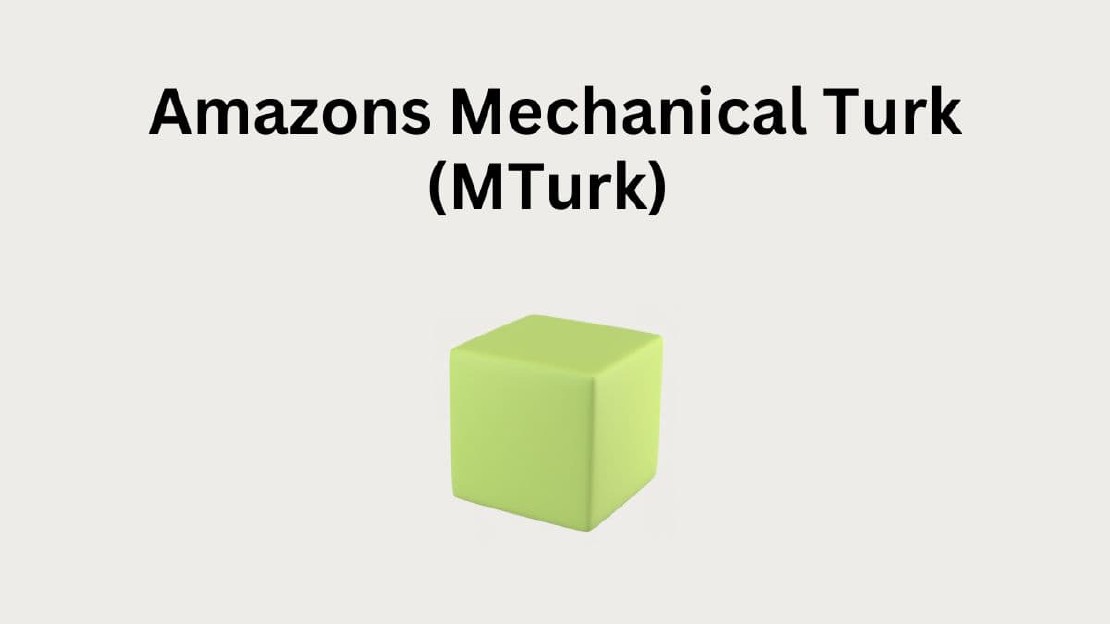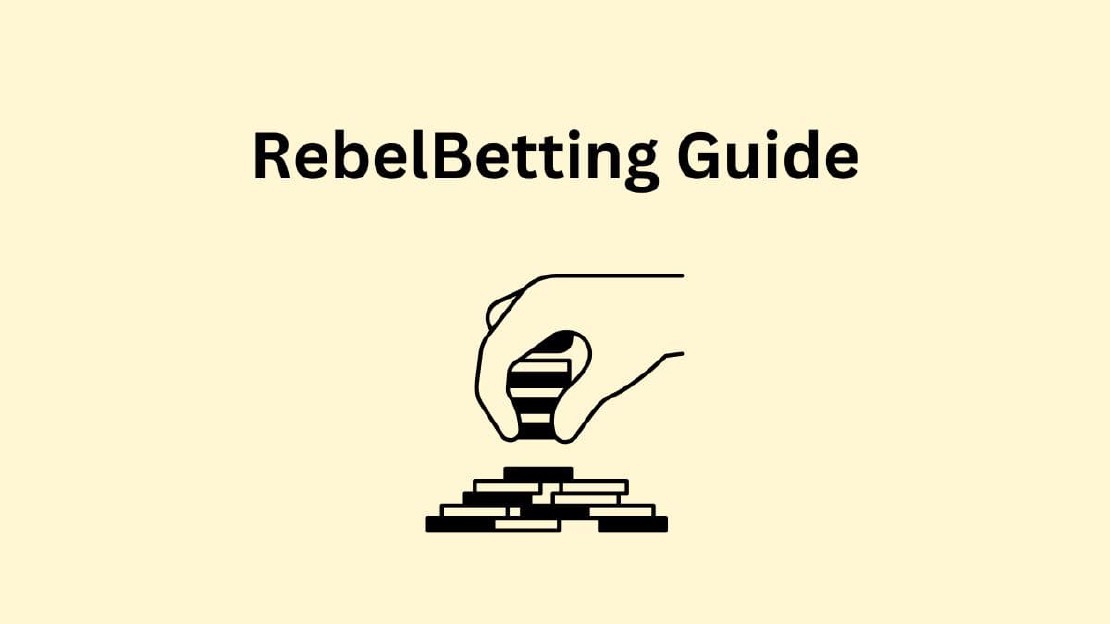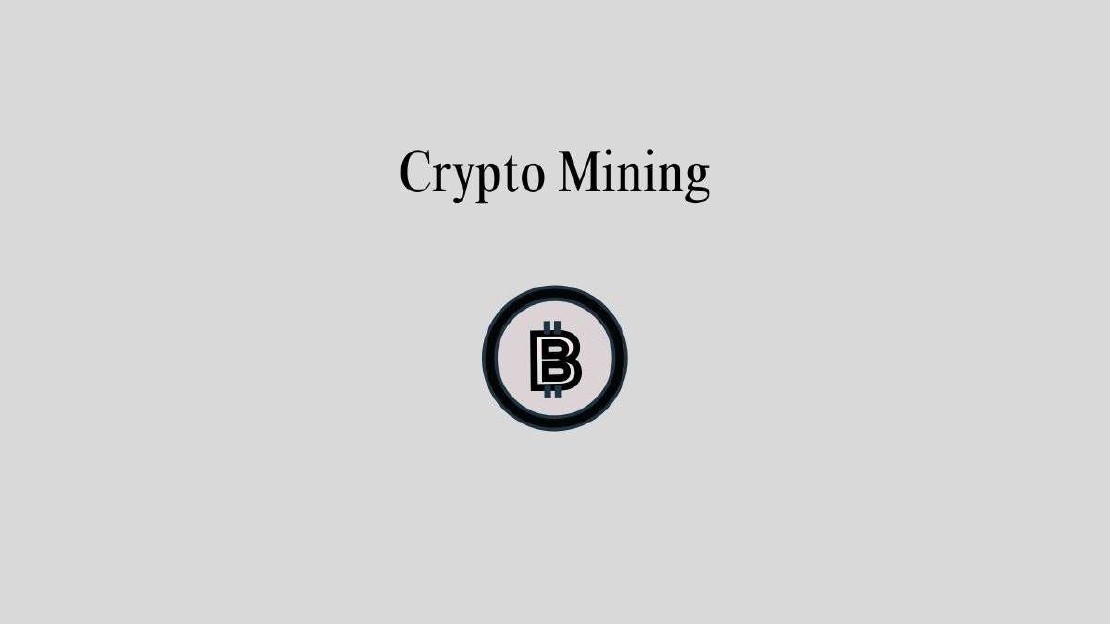How Crypto Mining Works
Thinking about investing in cryptocurrency mining? If so, great, this crypto mining investment guide we’ll walk you through the fundamentals of cryptocurrency mining, the equipment you’ll need, and tips for optimizing your mining operations. With the right strategy and dedication, you can turn your computer into a money-making machine.
What is Cryptocurrency Mining
Cryptocurrency mining is a process of adding transaction records to Bitcoin’s public ledger of past transactions and a “mining rig” is a large, expensive, power-hungry computer that does this. Mining cryptocoins is how new Bitcoin is created. You can mine them on your own, but it’s more profitable to join a mining pool. This is where you contribute your processing power to help solve complicated mathematical problems and are rewarded with cryptocurrency for your efforts.
Profitable Cryptocurrency Investments
Yes, mining can be a profitable cryptocurrency investment, but success hinges on various factors. Factors like the cost of electricity, the efficiency of mining equipment, and fluctuations in cryptocurrency prices significantly impact profitability.
Before diving in, thorough research is crucial. Assessing the current market conditions, calculating potential costs, and understanding the technical aspects of mining are essential steps. Additionally, staying updated on regulatory changes and technological advancements is vital for making informed decisions.
While mining can yield substantial profits during bull markets, it also carries risks, including increased competition and regulatory uncertainties. Therefore, it’s essential to approach crypto mining with caution and to continuously evaluate its profitability relative to other investment options. As noted, mining can be profitable, but success requires careful consideration of various factors and ongoing monitoring of market conditions.
How Does Crypto Mining Work
Crypto mining has garnered significant attention in recent years, emerging as a lucrative avenue for individuals to delve into the world of digital assets. Here’s a simplified breakdown of how crypto mining works;
- Transactions are broadcasted to the blockchain network: When a user sends a cryptocurrency transaction, it’s broadcasted to the blockchain network. The transaction is then verified by other users on the network, including miners.
- Miners verify transactions: Miners use specialized hardware, such as ASICs or GPUs, to verify transactions on the blockchain network. They do this by solving complex mathematical problems that require significant computing power.
- Verified transactions are added to the blockchain: Once a miner verifies a transaction, it’s added to the blockchain. The transaction is then considered “confirmed” and can’t be altered or deleted.
- Miners earn rewards: As a reward for verifying transactions, miners earn cryptocurrency. The amount of cryptocurrency they earn depends on several factors, including the cryptocurrency they’re mining and the difficulty of the mathematical problems they’re solving.
- The process repeats: The process of verifying transactions and adding them to the blockchain continues, with miners competing to solve the mathematical problems and earn rewards.
Getting Started with Cryptocurrency Mining
Before diving into cryptocurrency mining, it’s essential to assess your equipment needs. While early miners could effectively use standard CPUs, the evolution of blockchain technology has necessitated more powerful hardware, such as Graphics Processing Units (GPUs) and Application-Specific Integrated Circuits (ASICs).
- Choosing the Right Hardware: When selecting mining hardware, consider factors such as hash rate, energy efficiency, and cost. While GPUs offer versatility and can mine various cryptocurrencies, ASICs are specifically designed for mining specific coins, providing higher hash rates and efficiency.
- Setting Up Your Mining Rig: Once you’ve acquired the necessary hardware, it’s time to set up your mining rig. Ensure proper ventilation and cooling to prevent overheating, as mining rigs can generate significant heat. Additionally, choose a suitable mining software and join a mining pool to increase your chances of earning rewards.
Maximizing Your Mining Efficiency
Efficiency is key to maximizing your mining profits. By optimizing your mining operations and minimizing costs, you can enhance your overall profitability.
- Energy Efficiency: One of the most significant expenses associated with cryptocurrency mining is energy consumption. According to recent statistics, Bitcoin mining alone consumes more energy than entire countries. To mitigate energy costs, consider mining in regions with lower electricity rates or exploring renewable energy sources.
- Mining Pools: Joining a mining pool allows miners to combine their computing power and increase their chances of successfully mining blocks. Pool fees typically range from 1% to 3% of mining rewards but are often offset by the increased probability of earning consistent income.
Exploring Opportunities for Passive Income
In addition to actively mining cryptocurrencies, there are opportunities to earn passive income in the crypto space. One such method is through staking, where users lock up their coins to support the operations of a blockchain network and earn rewards in return.
- Crypto Mine Flipping: Purchase on one exchange then sell it on another.
- Mine Trading: Find a coin that is in high demand and mine it using a mining ring.
- Long Term Mining: Buy cryptocurrency and hold it. Wait until the value goes up and sell.
- Staking: Crypto staking involves holding a certain amount of cryptocurrency in a digital wallet to support the operations of a blockchain network. In return for staking their coins, participants receive rewards, similar to interest on a savings account. Staking is a popular method for earning passive income in Proof of Stake (PoS) networks.
Variegate Your Investments
Diversification is a key component of any strategy, and cryptocurrency mining is no exception. Consider investing in a mix of different cryptocurrencies to spread your risk and maximize your potential for returns.
Are you eager to learn more about investments? Check out out Intro to Investments Guide.
Monitor the Market
Cryptocurrency prices can be volatile, so it is important to keep an eye on the market and make adjustments to your mining strategy as necessary. Consider using tools like price tracking websites or alerts to help you stay informed.
Consider Cloud Mining
If you do not want to invest in hardware, you can consider cloud mining. This involves paying a company to mine on your behalf, using their hardware. However, be aware that there are many scams in the cloud mining space, so research carefully before investing.
Mining Pools Vs Self Mining
You can mine on your own, or you can join a mining pool. Mining on your own is the most direct way to make money, technically all you need is hardware to get started. However, this can be a risky proposition. If you lose your hardware, you’ll lose your investment. Mining pools group of investors are much safer because they provide security and stability. Like they say, its safety in numbers.
Sum
Overall, cryptocurrency mining plays a critical role in maintaining the integrity and security of cryptocurrency networks, and provides individuals with an opportunity to earn rewards for their participation. However, it is also a highly competitive and energy-intensive process that requires significant investment in hardware and infrastructure.
Recent Posts

- Work From Home
Amazons Mechanical Turk Monetization Tips
Looking for flexible online income? These Amazons Mechanical Turk monetization tips will help you turn small tasks into real earnings. If traditional remote …

- Work From Home
Fulfillment by Amazon Complete Guide
Launching and scaling an online store can feel overwhelming. Managing inventory, shipping products, handling returns—each task demands significant time and …

- Side Hustles
RebelBetting Complete Guide
In recent years, sports betting has transitioned from casual entertainment into a serious income opportunity for savvy bettors. However, consistently beating …
